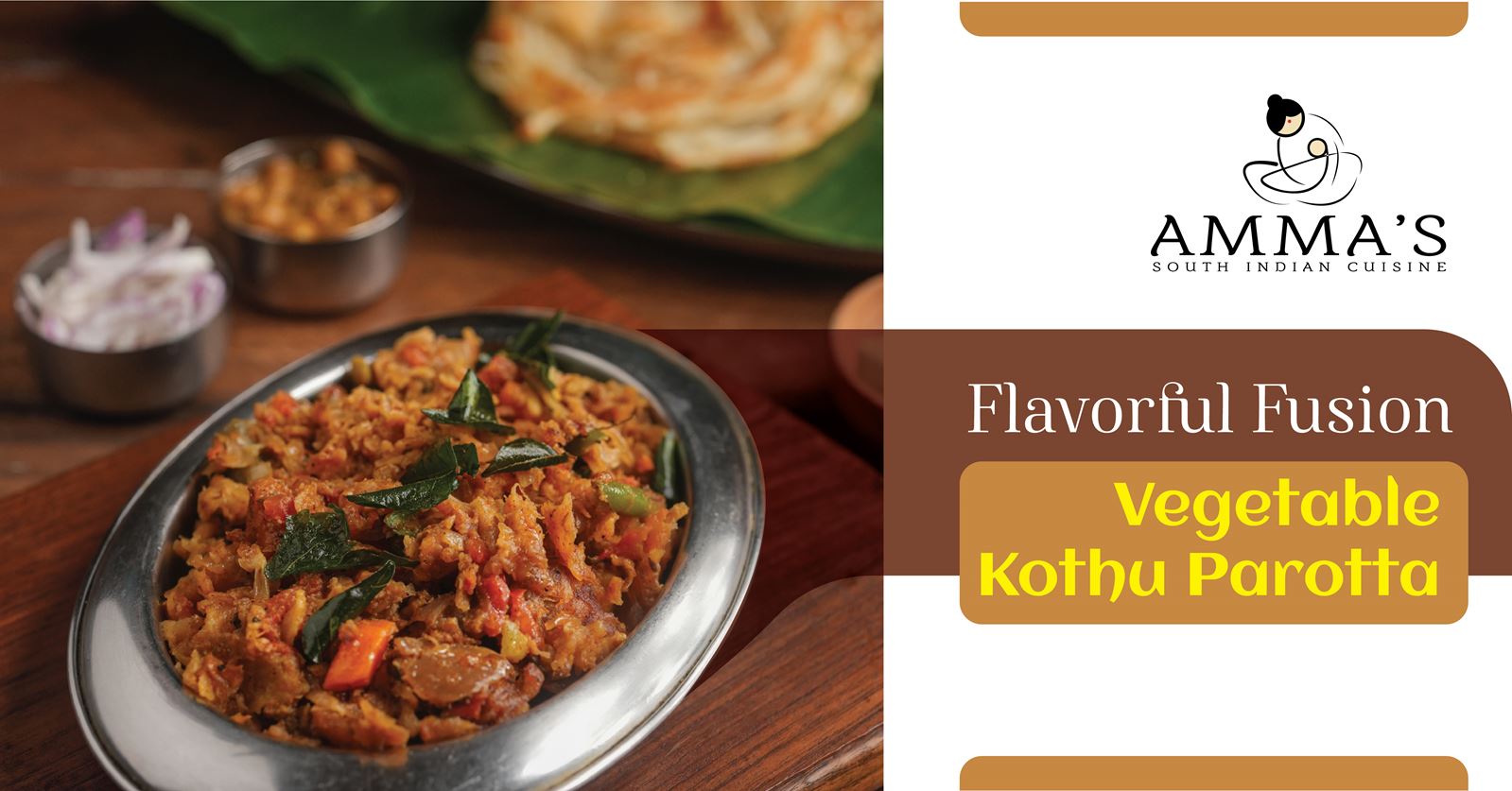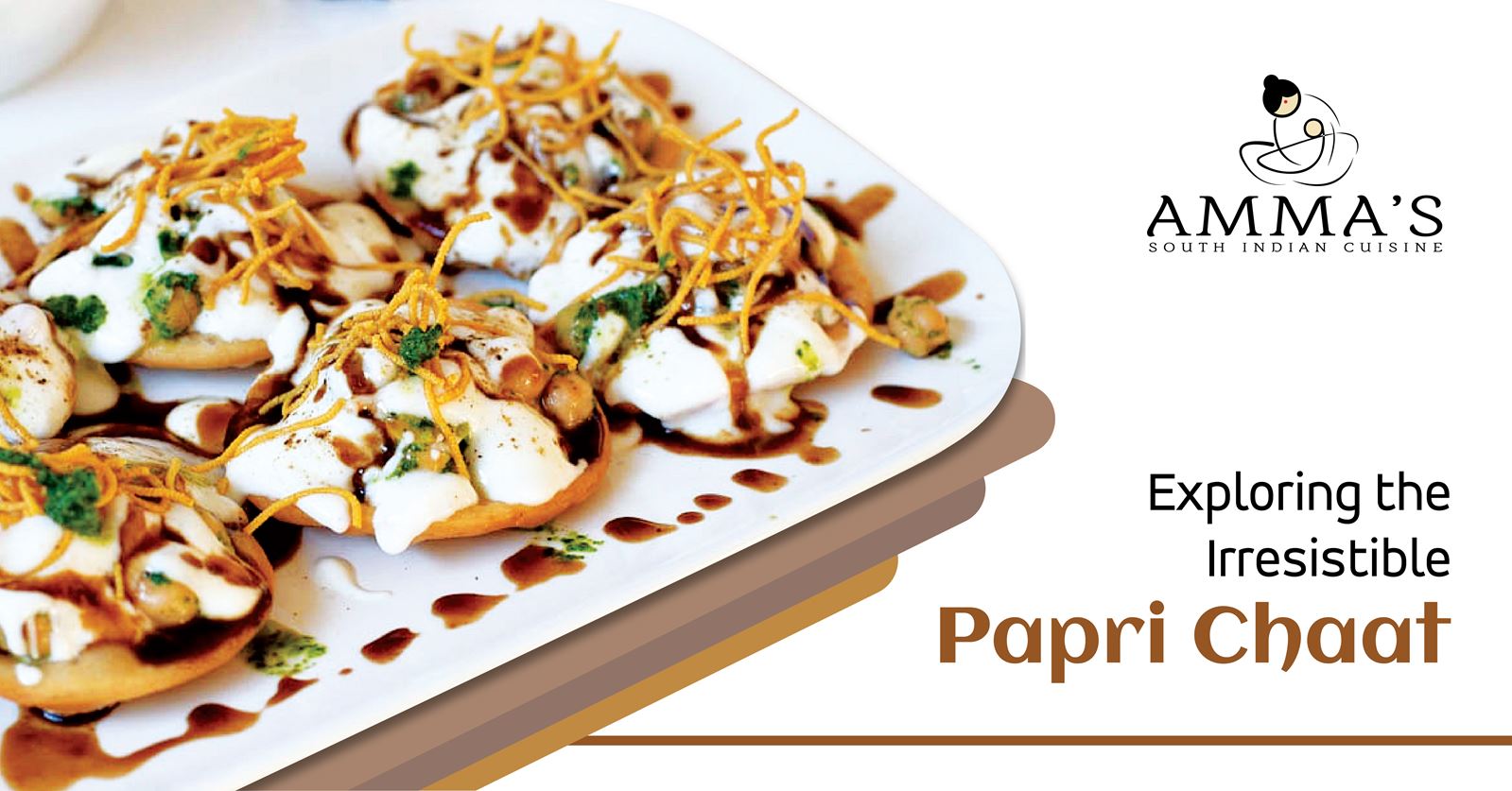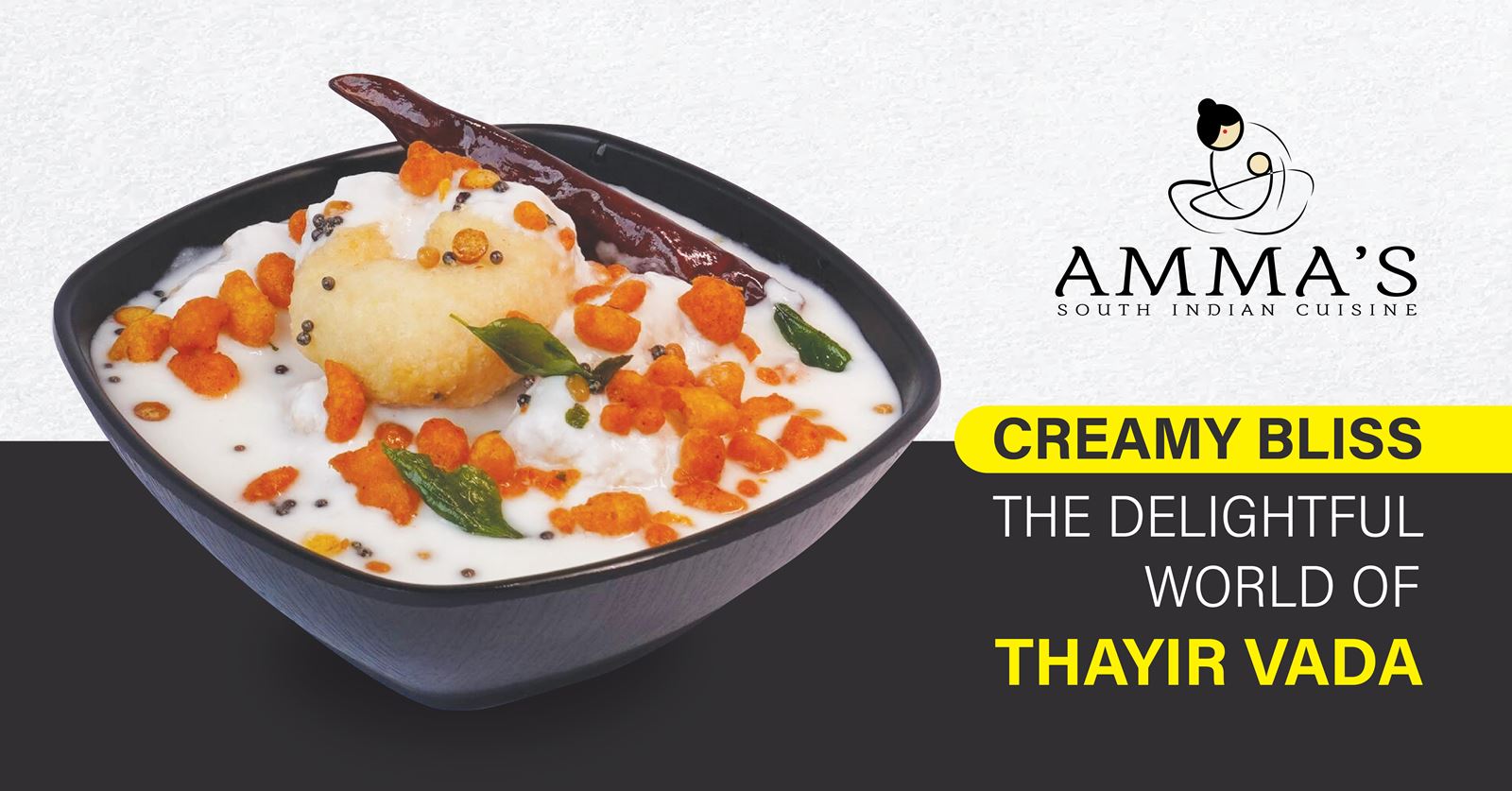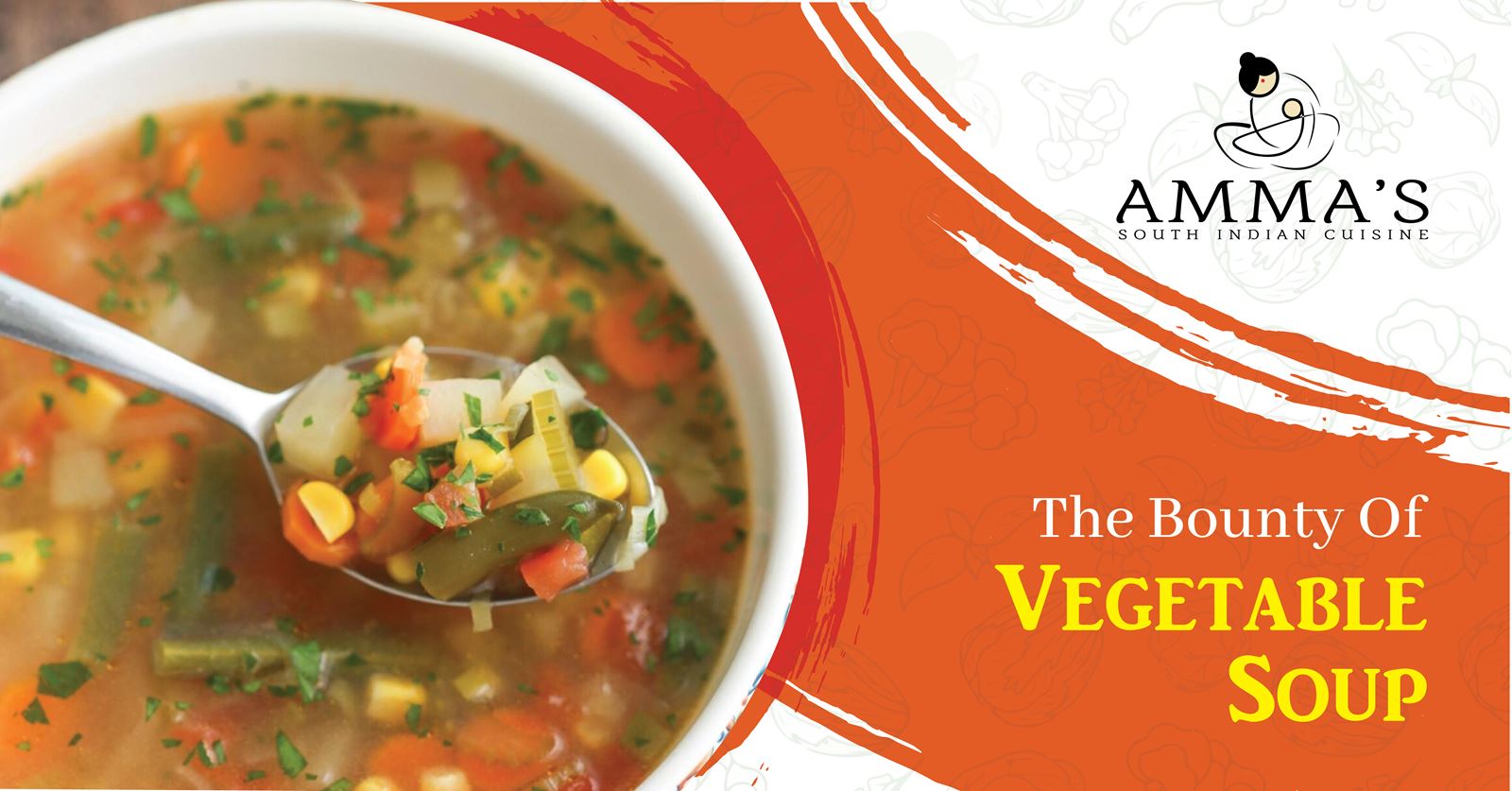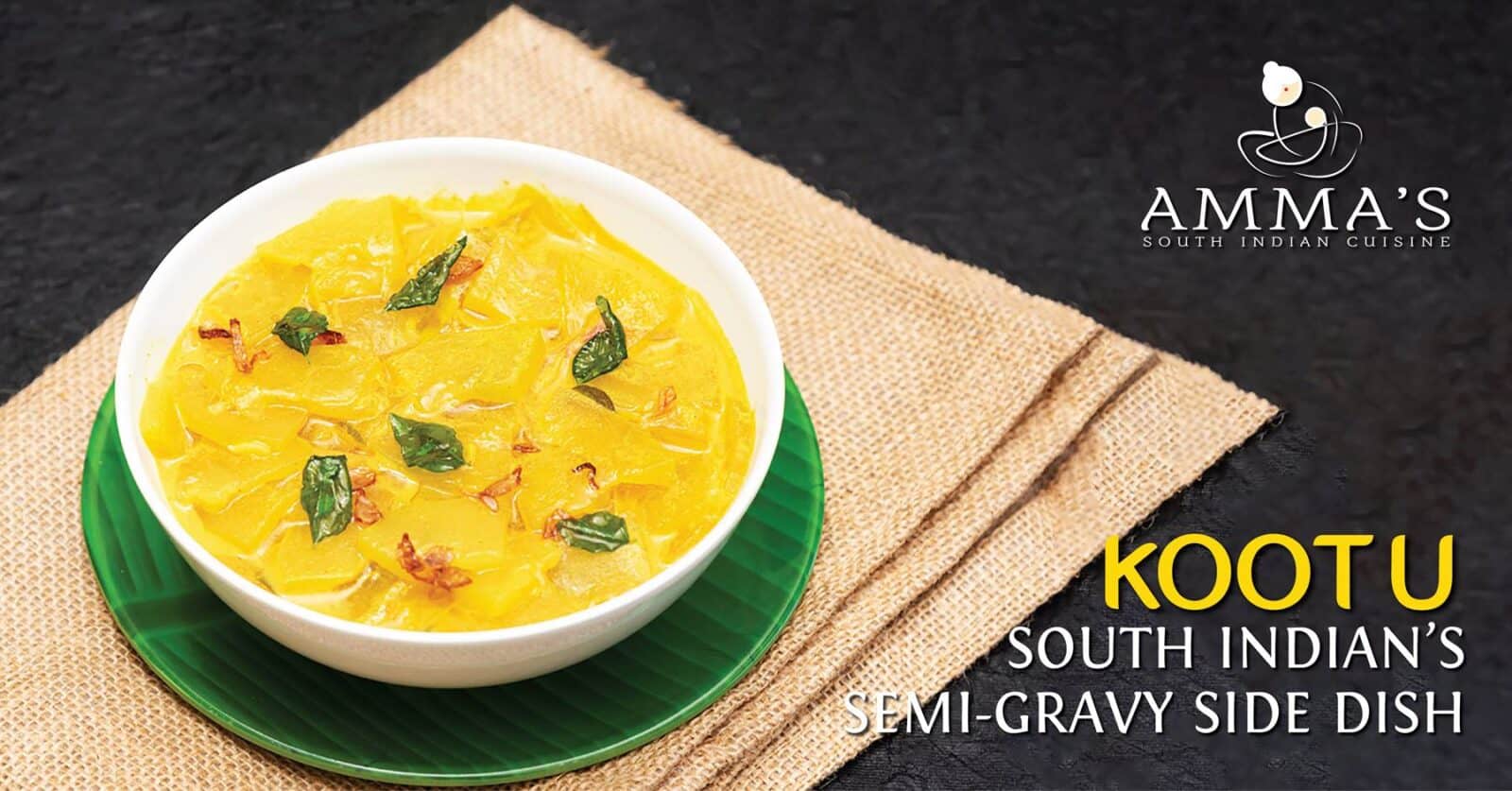
Kootu-South Indian’s semi-gravy’ side dish
Only Indians are likely to understand the word “semi-gravy.” Kootu is one such meal that perfectly fits the concept of semi-gravy. It’s not exactly sauce or sambar, but it’s also not stir-fried vegetable, poriyal, or thoran in Kerala. It gets its name from the Tamil word meaning ‘add,’ which refers to the process of combining lentils and vegetables. Vegetable added with lentils form the dish, which is semi-solid in consistency. It’s also a common ingredient in south Indian banana leaf feasts, particularly during festive occasions and wedding menus.
Kootu is a tasty alternative to sambar that is high in protein, vitamins, and minerals and is simple to prepare. It goes well with hot rice and a dollop of ghee. Yam, ash gourd, carrots, snake gourd, pumpkin, or plantains are among the vegetables used. Black chickpeas or Bengal gram are the legumes used. There are several varieties based on the area – the Kerala version is drier than the Tamil Nadu ones, while the Udupi version is more gravy. The dish is noted for its nutty and complex flavors and textures, likely owing to the liberal addition of lentils and coconuts. It is less watery than sambhar. There are three main varieties of kootu:
Puli Kootu (Puli Kootu): Puli or tamarind kootu is typically served as an addition to rice and rasam or rice with Mor Kuzhambu (similar to a Rajasthani kadi). It’s a thicker form of kootu that’s usually made with white pumpkin or brinjal. This recipe frequently includes bite-sized urad dal vadas.
Poricha Kootu: Because of its cooking method, poricha kootu literally means fried kootu. This one goes well with cabbage, beans, chow chow (Chayote), and snake gourd or ridge gourd. Ground together is fried urad dhal, pepper, a few red chilies, cumin, and fresh coconut. Separately, the moong dhal and the chopped vegetables are boiled. The ground paste, cooked veggies, and moong dhal are then combined together and heated. It goes well with both rotis and rice.
Araichivita Kootu: A kootu with ground masala in it is called araichivite kootu, where the phrase araichivita literally translates to “the one that has been ground and poured.” The ground paste is a mixture of fried urad dhal, cumin seeds and coconut.
To make mixed veg kootu, carrot, beans, potato, brinjal, beans, cluster beans, broad beans, pumpkin, ash gourd, yam, peanut, black eyed peas, green peas, and other vegetables are added together. Normally, tomato is not added. It’s also a no-onion, no-garlic dish. The use of pepper gives this dish a distinct flavour. So, Kootu is similar to a stew, a medley of numerous ingredients – vegetables and a freshly ground spice. Kootu is typically vegan, with no curd or dairy added, but yoghurt is occasionally added to make Mor Kootu (buttermilk based stew).
Visit your nearby Amma South Indian Restaurant, and place an order for eg meals, and sue enough, you would get to taste the kootu of South India.

